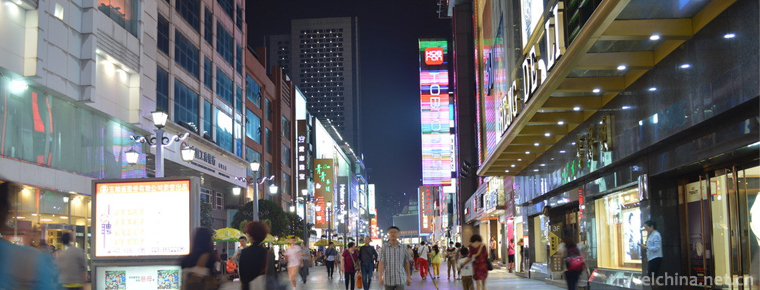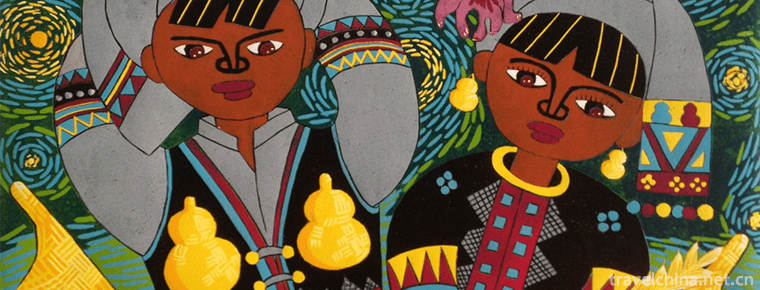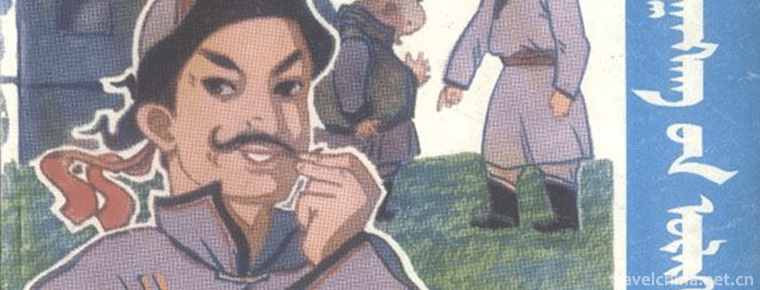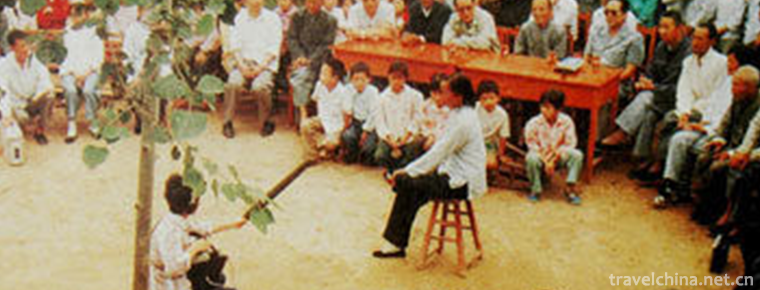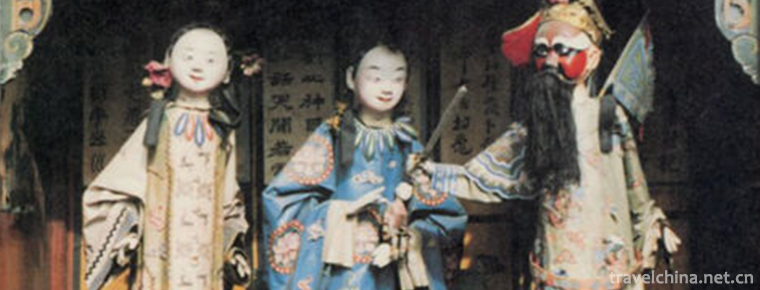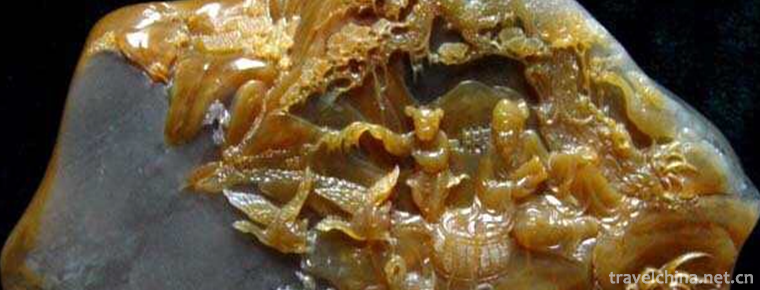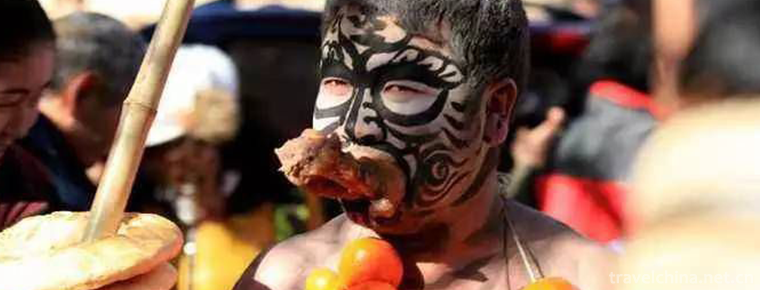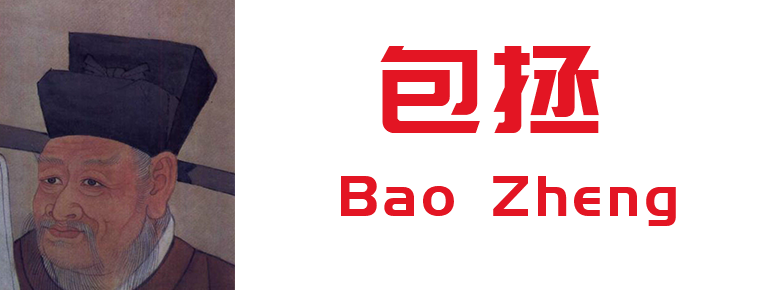Bemo music
Bemo music
Qubila fire is well known in Meigu County, Liangshan Prefecture. He is not only a highly respected Yi Dabimo, but also a representative successor of national intangible cultural heritage projects. His Bimo music is a combination of moral education, knowledge imparting and literary entertainment. Through symbolic and complicated rituals, it explores people's life thinking and promotes people's spiritual outlook.
In the early forties of this year, Qubila Huo was born in the Bimo family of Meigu. He studied and engaged in the traditional Bimo field of the Yi people for more than twenty years. Since he was 17 years old, he has been on the road of Bimo. Over the years, he has studied knowledge imparting and inheriting simultaneously, enriching his personal insights in the field of Bimo and Bimo music. He advocated Bimo music concept and personally presided over ceremonies in recent years are well known.
The first meeting with Qubila Fire was held in Meigu County in late December 2017 at the site of a national non-heritage project, the ritual of ancestor worship by Nimu Chobi of the Yi Nationality. In response to the reporter's questions, he systematically narrated the knowledge inheritance and connotation of Bimo music culture of the Yi nationality. He told reporters that Bimo music integrated the ancient language, writing, history, genealogy, astronomy, calendar, geography, folklore, ethics, literature and art of the Yi people. From its origin, development, prosperity to prosperity, it not only contributed to the convergence of the ideological field of the Yi people, but also penetrated into all aspects of the social life of the Yi people, with a far-reaching impact. "Encyclopedia" passed down from generation to generation.
It is understood that Bimo music is a kind of traditional music approved by the State Council in 2014 and listed in the fourth batch of national intangible cultural heritage list. Trabila fire was the representative inheritor of Bimo music in the provincial intangible cultural heritage project. Recently, among the representative successors of the fifth batch of national intangible cultural heritage projects announced by the Ministry of Culture, Qubila Huo ranked on the list and became the successor of Liangshan non-heritage "national name".
In an interview with reporters, Qubila Huo is doing the guiding link of the ritual of "Nimu Chobi" ancestor worship. He shows in detail the unique and essence of Bimo music. In Qubilahe's words, a "Guide to the Way" is a vivid picture of the migration of the ancestors of the Yi people, with the footprints of the Yi people's history permeating between the lines.



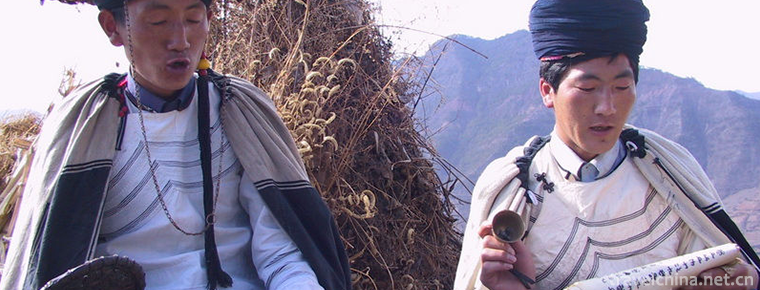
-
Chunxi Road
Jinjiang District Chunxi Road street, Chengdu, Sichuan, China.
Views: 98 Time 2018-10-02 -
Mupa Mipa
Mupa Mipa, a local traditional folk literature in Simao City, Yunnan Province, is one of the national intangible cultural heritage..
Views: 348 Time 2018-12-15 -
The Story of Barragan
Stories of witty figures of the Mongolian people in China. Long-term spread in Inner Mongolia, Xinjiang and other Mongolian areas. The protagonist Balagan Cang is the representative of the working peo.
Views: 231 Time 2019-04-02 -
Construction Techniques of Wood Construction of Dong Nationality
Dong's wood construction and construction skills, the traditional architectural skills of Sanjiang Dong Autonomous County, Guangxi Zhuang Autonomous Region, one of the national intangible cultural her.
Views: 212 Time 2019-04-28 -
Gengcun Folk Stories
Gengcun Folklore Gengcun Folklore, the traditional folk literature of Gaocheng City, Hebei Province, is one of the intangible cultural heritage at the national level..
Views: 126 Time 2019-05-01 -
Pingyao Shage Player
Pingyao Shage Opera, commonly known as Shage Renren, also referred to as Shage, is one of the traditional handicraft techniques in Pingyao, Shanxi Province. Because it was usually placed in the cabine.
Views: 230 Time 2019-06-09 -
Pingyao Pushing Lacquerware Decoration Techniques
Pingyao polishing lacquerware decoration technology originated in Pingyao County, central Shanxi Province, and spread to the vast northern region. Lacquerware made with this technique has been well kn.
Views: 142 Time 2019-06-09 -
Shoushan stone carving
Shoushan Stone Carving is a traditional folk carving art. It is made of Shoushan Stone, which is produced in the northern mountain area of Fuzhou. It is a small carving for people to enjoy through spe.
Views: 112 Time 2019-06-15 -
The Tu nationality in Yuqiu
Tu nationality, spread in Nianduyu Village, Tongren County, Qinghai Province, is a unique local folk culture form. It is held from November 5 to 20 of the lunar calendar every year. It includes ceremo.
Views: 208 Time 2019-06-23 -
Beijing Forestry University
Beijing Forestry University is a national key university directly under the Ministry of Education and jointly established by the Ministry of Education and the State Forestry and Grassland Administrati.
Views: 221 Time 2019-09-06 -
Bao Zheng Bao Qing Tian
Bao Zheng (999 - July 3, 1062), He Xi Ren. Luzhou Hefei (now) Anhui Hefei Feidong People. Northern Song Dynasty Famous ministers..
Views: 172 Time 2019-09-11 -
Neijiang climate
Neijiang City belongs to subtropical humid monsoon climate. Affected by the basin and the natural environment, it has the characteristics of mild climate, abundant rainfall, sufficient light and heat, and long frost free period. It is warm in winter and hot in summer,.
Views: 295 Time 2020-12-16
